Introduction
Pressure cracks on skateboard Pressure cracking is a common problem, especially at the top of the deck where the rider’s feet come into contact. These cracks can be caused by repeated stress and pressure on the board during use and also occur on new skateboards.
Usually, it does not affect the performance or safety of the board, so you do not need to worry about pressure cracks, but it is essential to observe the state of the trials and deal with them if the problem becomes severe. Small gaps can be filled with wood filler or covered with grip tape to prevent exacerbation. Pressure cracks on skateboard If the cracks are large or deep, or if they affect the board’s structural integrity, you may need to replace the deck.
Table of Contents
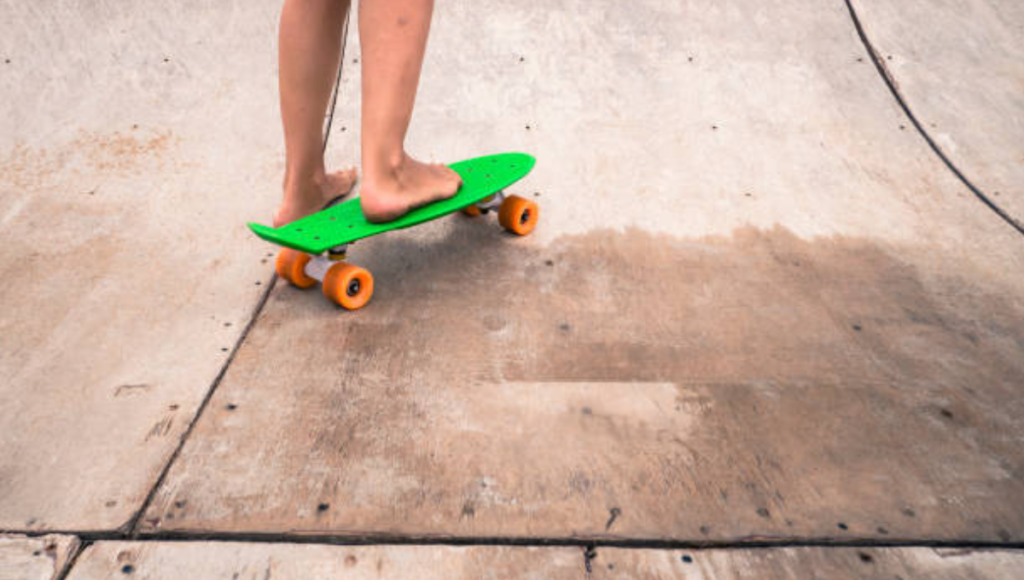
Pressure cracks on skateboard It is also important to note that pressure cracks are not a sign of poor quality or manufacturing defects but a natural result of everyday use. With proper care and maintenance, skateboards will last longer, even if pressure cracks occur. What I like about skateboarding is the lack of satisfaction for each user. Those who won the “drop-in” also feel the same excitement as those who “kick-flipped the triple set.” It’s user-specific. The sense of accomplishment is your own and builds up with time. People are addicted to this feeling of a successful trick. Pressure cracks on skateboard This is because it is a reassuring sense of accomplishment and is directly linked to my efforts. We name the jokes, but each is subtly different. Not all styles are the same, and your creativity and ability to play is unique. Why is skateboarding fun? Because it can succeed only in how you work on a skateboard and know most. To directly project oneself. Click here
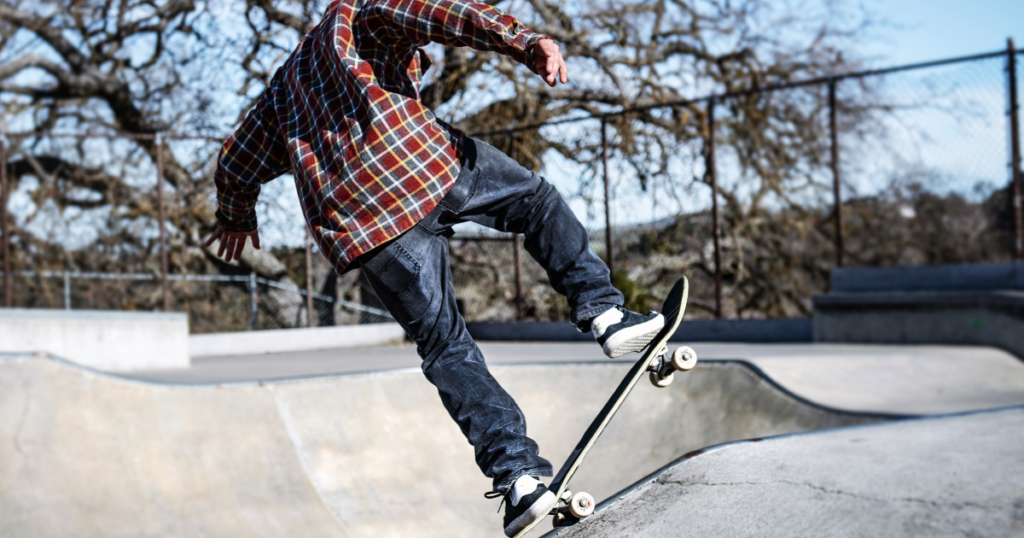
Straight to the point
Pressure cracks on skateboard Whether you use risers or not, pressure and stress cracks occur on most boards. Recently, boards have been made cheaply because manufacturers are always considering cost reduction …… Therefore, pressure cracks occur faster, and attempts are worse than 15 years ago.
Small cracks coming out of the bolts do not have to worry. The worrisome cracks are those caused by pressure/stress that push up from the top over the entire deck length. This is evidence that the deck is fragile.
Another advice: Don’t use power tools to assemble the board. This will worsen the stress crack and weaken the board. To fasten the bolt sufficiently before securing it with a hand tool.
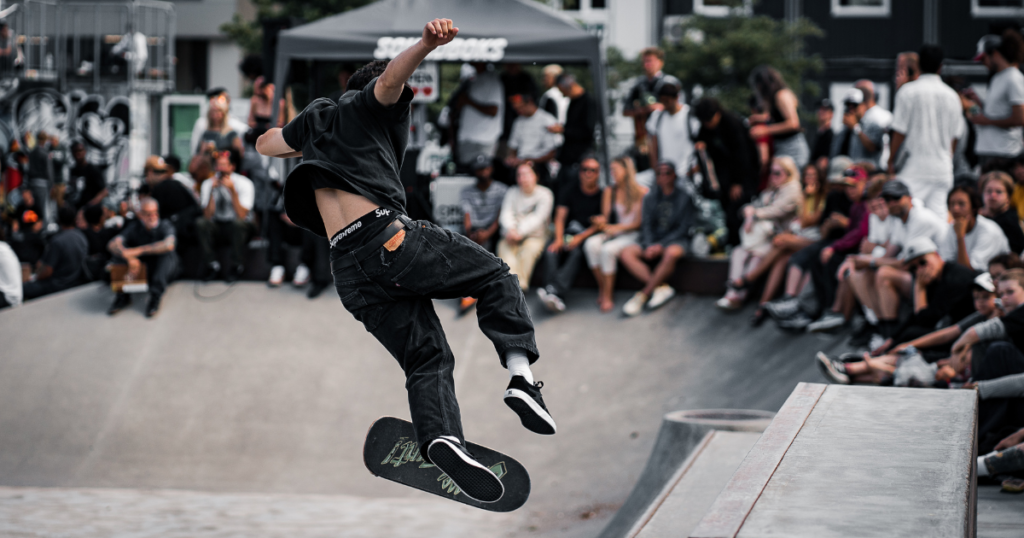
How much pressure?
I think many people are interested in skateboarding. However, if you stand too much on the board’s tail, you may wobble or turn over. The rule of thumb is that skateboards can ride 200 to 250 pounds (about 1.5 to 2.5kg) without problems.
Of course, there are exceptions to this rule. You may notice that the board is overburdened, especially if you try to ride a large or heavy skateboard. Click Here
In addition, if you try to do a trick like standing on the edge of the board, you may get into trouble. After all, it is best to be careful not to put too much weight on the skateboard.
Is there a weight limit on skateboards?
Skateboarding is fun because it allows you to do various tricks and movements. It is a popular sport and a healthy activity for children. There are several types of skateboards, such as longboards, cruisers, and vertical decks. They come in a variety of sizes. A common question is whether there is a weight limit.
But skateboards are not always made to hold a certain weight. It depends on the skateboard. One skateboard is designed to withstand up to 200 pounds. Some skateboards are designed to support children under the age of 10. The weight limit varies from skateboard to skateboard, so contacting a skateboard dealer is a good idea.
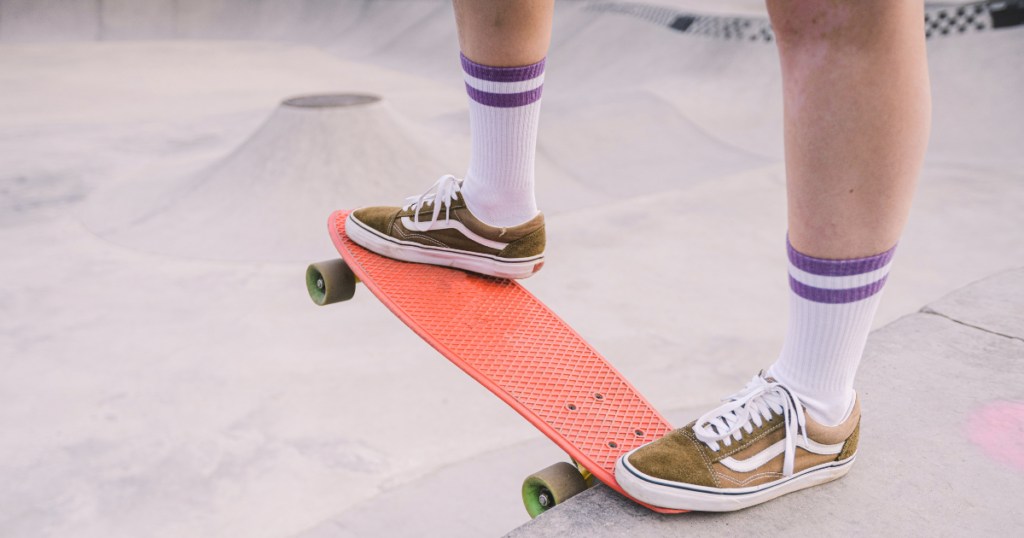
4. Pros
Pros
Durable and reliable maple skateboard deck at a slightly expensive price
Medium Concession to improve board feel
Long-lasting, pop, responsive skateboard
High-quality aluminum truck
Fast and accurate wheels and bearings
Unique Skateboard Design
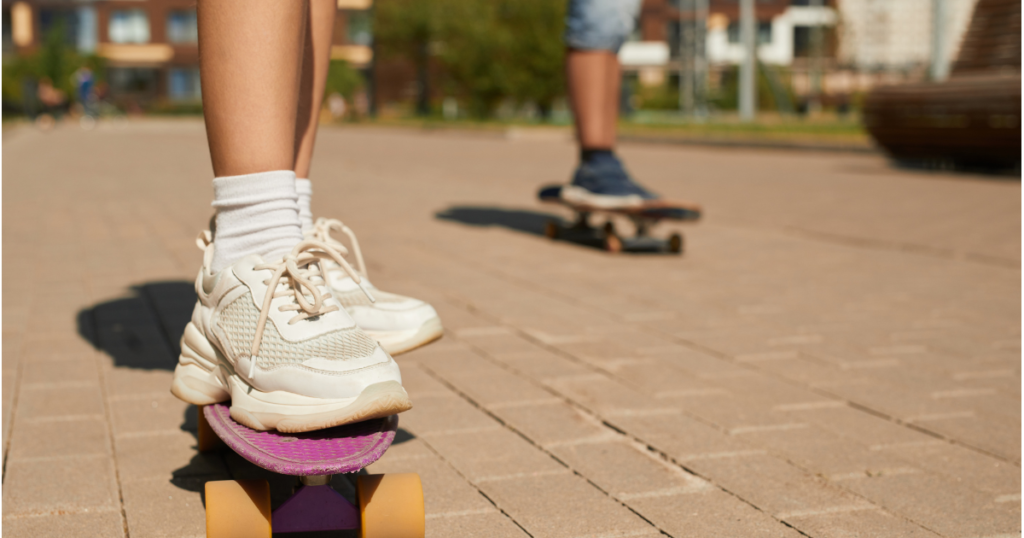
Conclusion
pressure cracks on the skateboard If a skateboard breaks early, you must think about your brand; it will be better to change your skateboard brand.
Skateboarding is an activity that does not have a clear path to victory. It’s a creative process of controlling your own body. The trick is a name defining what to do other than just riding the board. So why is it fun?
Imagine that there is an open-source tool that’s just focused on playing. It’s a process of questions and answers that don’t have a perfectly correct answer to how to “skateboard.”
Pressure cracks on skateboard Many people and skateboarders try to classify skateboards into some category. There are no bosses, coaches, or leaders, and many “maneuvers” and “tricks” can be done effectively just by doing aggressively.
FAQ
Crooked Skateboarding Features
Crooked became known for its innovative drive on skateboards. Let’s review this Crooked skateboard review to see what made these boards top.
1. Performance and Design
Springy of Crooked Skateboarding
Many buyers believe riding on a Crooked skateboard makes you feel like you have a spring on your foot. That’s because Crooked skateboards are made to be rigid and bouncy.
Even better, the elasticity of this board lasts even after heavy-duty use or high-impact tricks that usually damage skateboards.
FAQ
How much power do you need to break a skateboard?
You need a lot of power to break a skateboard. Depending on the structure, you will need a force of 1,000 to 3,000 pounds.
How do you prevent the skateboard from breaking?
Something will likely break if you hit a concrete wall at full speed. If you hit a concrete wall at full speed, the board will break into pieces. To prevent this, apply an electric tape, wrap, or wax to the bottom of the skateboard to prevent it from cracking.
Why does skateboarding hurt my legs?
Paws hurt on a skateboard because they do not slip in the proper form. It is necessary to distribute the weight on the board evenly, pushing with the front paws and breaking with the back paws. Use the heel to push down on the front foot when pushing and the back foot when braking. To prevent driving and braking with a toe. This will prevent pain and injury.
